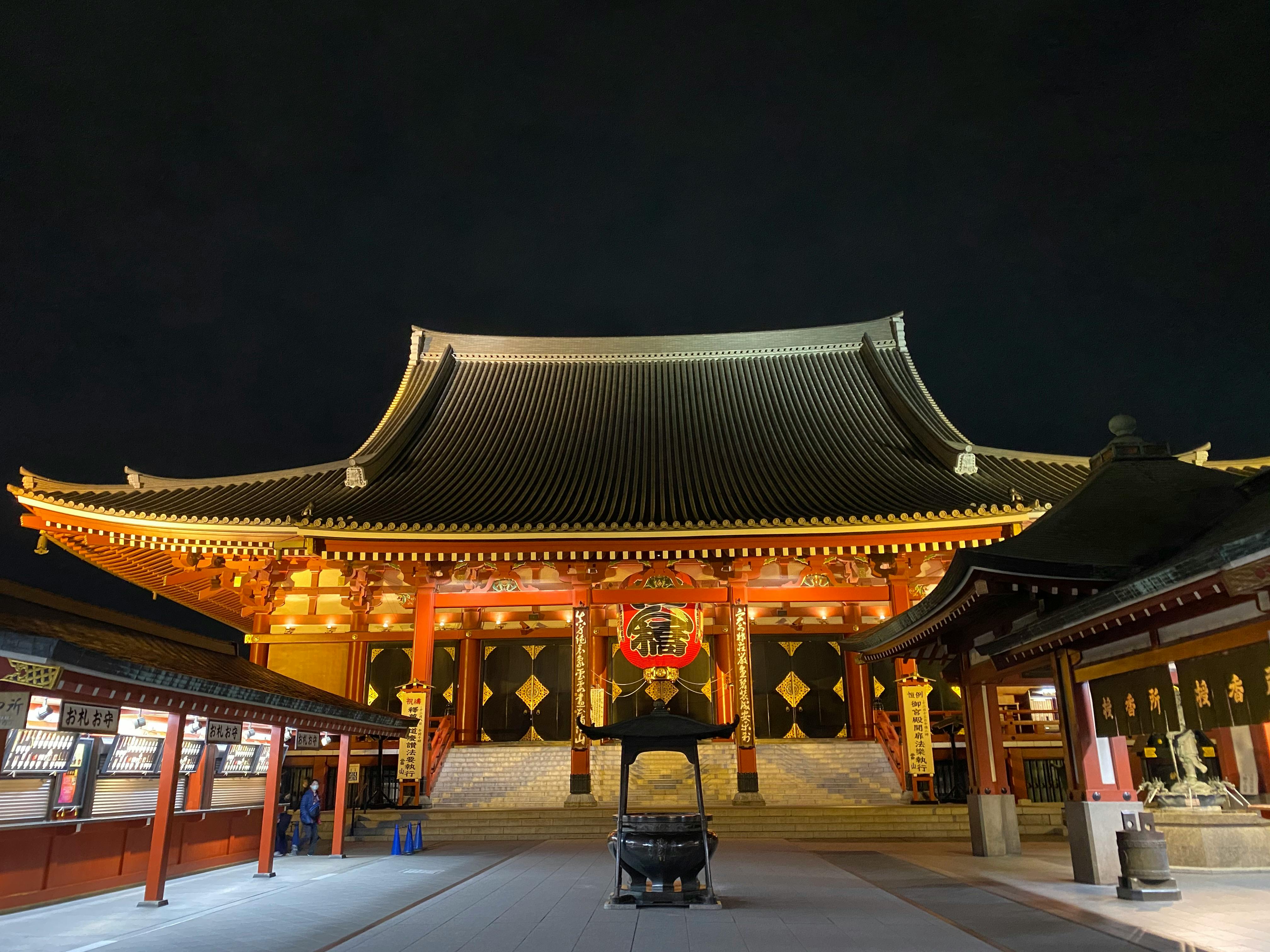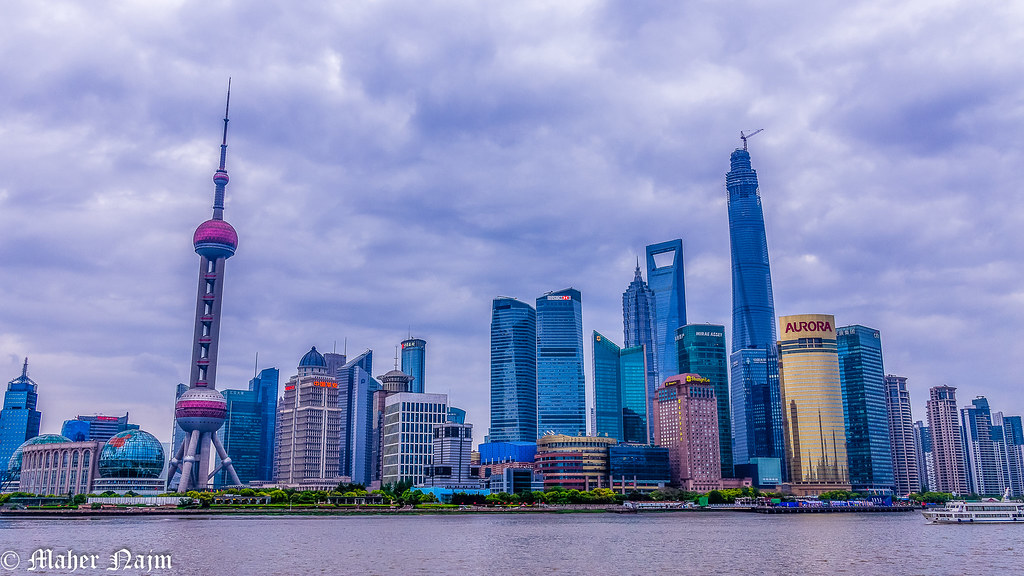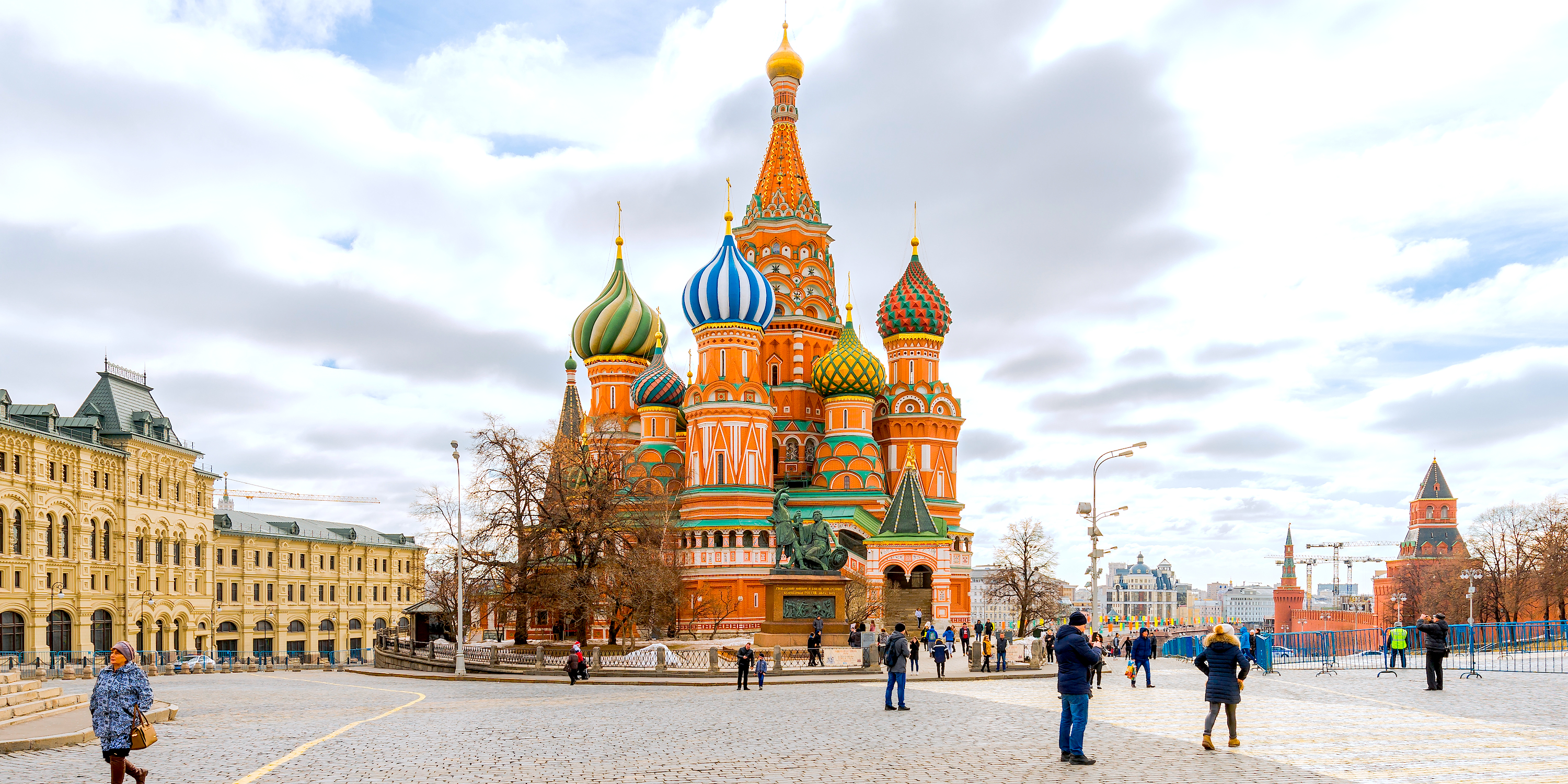
Paris is packed with world-class art, much of which is on show at the world’s most popular museum, the Louvre. Close to 10 million people visited the museum every year pre-pandemic for the chance to get up close to Da Vinci’s Mona Lisa, the iconic Venus de Milo, and more. Beyond the Louvre, it’s home to close to 300 museums (the most in the world) and 1,142 galleries. Famed for culture on all fronts – fashion, cinema, historic monuments, dance music and art – it’s attracted the world’s brightest minds, artists and writers for centuries, and it shows little sign of ever slowing down.

This superstar city is home to over 8,800 leading cultural attractions, 618 art galleries and 297 museums. Steeped in a deep and vibrant history of arts, Tokyo is renowned for its historic shrines, performing arts and world-class venues. Blockbuster sights include the Tokyo National Museum, the Imperial Palace and the National Museum of Nature and Science.
When it comes to art and culture, London caters for every taste. The city boasts a handful of the most visited museums and galleries in the world, including Tate Modern (over 7.5 million visitors 2019/2022), British Museum (7.4 million visitors 2019/2022), National History Museum (6.5 million visitors 2019/2022) and the National Gallery (7.3 million visitors 2019/2022). The city is home to 192 museums, 478 art galleries and over 3,700 leading cultural attractions.
![]()
NYC’s arts and culture scene need no introduction, it’s one of the most iconic in the world. It’s home to a staggering number of institutions, including 2,219 leading cultural attractions, 140 museums, over 1,500 art galleries and 637 theatres. The Metropolitan Museum of Art is one of the city’s biggest hits and one of the world’s most popular museums, averaging over 6.5 million visitors every year.
![]()
Seoul is fast becoming one of the world’s cultural capital. Some of the world’s most famous galleries are flocking to the Korean capital, including Frieze, König Galerie, and MCM Haus. Beyond the international names, there are 244 regional art galleries, 201 museums, three UNESCO listed heritage sites and a whole host of acclaimed festivals to dive into too. With the city in the midst of a creative renaissance, now is the time to visit too.

Widely viewed as Russia’s cultural capital, St. Petersburg is home to some of the world’s largest and most impressive art collections. In 2019 and 2020, close to six million people visited The Hermitage Museum to explore its 17,000 item collection, making it the 13th most visited museum in the world. Other cultural heavyweights include the Peter and Paul Fortress, the State Russian Museum and St. Isaac’s Cathedral.

This cultural powerhouse is rich in museums, art galleries and heritage sites. The Reina Sofia is one of the most visited museums in the world (8th), with over 5.5 million visitors in 2019 and 2020. Meanwhile, the Museo Nacional del Prado ranked as the 14th most visited museum in Europe. It’s home to a wide variety of cultural institutions too. These range from the Prado Museum, home one of the world’s most prized collections of European art, to the Matadero de Madrid, a transdisciplinary space dedicated to performing arts, music, visual arts and design.

The National Museum of China is one of the world’s most popular museums, with over 9 million visitors in 2019 and 2020. The China Science Technology Museum is the 19th most visited museum in the world, with close to 4.5 million visitors in 2019 and 2020. Beyond these two blockbuster sights, there are seven UNESCO World Heritage Sites, over 50 museums, ancient Chinese art collections and sprawling 20th contemporary art enclaves.

It’s a global centre for finance, business and economics, but Shanghai is also a thriving, dynamic hub for arts and culture. The city is home to 120 museums, including one of the world’s most visited museums – The Shanghai Science and Technology Museum, which received close to 6 million visitors in 2019 and 2022. It’s also home to 770 private and state-owned art galleries, including the Shanghai Art Museum the Power Station of Art (a converted former power station) and the World Expo Museum.

Sitting on the boundary point between two continents, Istanbul’s history dates back over millennia, with hundreds of museums, galleries and archaeological sites to prove it. Home to at least 1,984 leading cultural attractions, visitors hotfoot here to see superstar sites like the Hagia Sophia and the Topkapi Palace Museum. It’s not all ancient history though, with everything from twirling Whirling Dervishes and the Istanbul Biennale to its subversive contemporary art and film scene.

Taipei is the cultural and creative heart of Taiwan and home to around a third of the country’s creative industry. The National Palace Museum is one of the best collections of Chinese art and antiquities in the world, with nearly 700,000 items. Unsurprisingly, it’s one of the top 20 most visited museums in the world, with over 4.5 million visitors in 2019 and 2020. There are some 131 museums and 198 art galleries located across the city, including the National Museum of History and the Taipei Museum of Contemporary Art.

Buenos Aires is best known as the land of the tango, but its cultural assets extend well beyond performance. There are 132 museums and 124 art galleries dotted around the city, as well as 371 heritage sites. In 2005 it became the first-ever UNESCO City of Design too. The city boasts striking architecture and diverse city neighbourhoods such as Arts District in La Boca, Audiovisual District in Palermo, Design District in Barracas and Technology District in Parque Patricios.

The Trevi Fountain, the Capitoline Museum and the Colosseum… Is it any wonder that Italy’s colourful capital is also one of the world’s most impressive cities for art and culture vultures? While the city itself is often described as an ‘open-air museum’, and the entire historic centre of Rome is a UNESCO World Heritage Site, there are 83 museums to duck into too.

San Francisco is renowned as the centre for American counterculture and one of the highest number of artists and arts organisations per capita in the United States. In fact, cultural tourism generates around $1.7 billion for the city per year. It’s home to 132 museums and over 50 art galleries, including renowned institutions like the SFMOMA and de Young Museum.

Milan may not have a 1,000-year-old arena or the Vatican City to its name, but it’s a strong contender as one of Italy’s most vibrant cultural cities. Once known as an industrial powerhouse, today it’s better known for its arts, culture and creativity. The city is home to 90 museums, including the newly opened Mudec-Museum of Cultures, 800 heritage sites and 190 art galleries. Blockbuster sights include the Duomo Cathedral, Castello Sforzesco and da Vinci’s ‘The Last Supper’ at Santa Maria delle Grazie.

Amsterdam is small, but it’s home to a staggering 144 museums and 196 art galleries. Blockbuster sights include the Anne Frank Museum, the Rijksmuseum and the Van Gogh Museum. Some of the world’s most prolific artists and thinkers once lived here, including Rembrandt and Descartes, but its contemporary art scene is bustling too. In the past 15 years, 25 renowned institutions have popped up.

Los Angeles is the global capital of the entertainment industry – and the city has an arts scene to match. It’s home to 219 museums, including renowned institutions such as the Los Angeles County Museum of Art, The Broad and The Getty, major concert halls, plus an array of exhibitions and music festivals such as LA/LA. Unsurprisingly, practising artists make up most of the city’s creative workforce, making for a rich and diverse arts scene.

For a crash course in American History, you can’t get much better than Washington D.C. As well as its iconic monuments like Lincoln Memorial, it’s home to more than 75 museums. These include some of the country’s most prestigious institutions, like the Smithsonian Institution, the National Museum of African American History and Culture and the Renwick Gallery. Both the National Gallery of Art and the National Museum of Natural History made it into the top 20 visited museums in 2019 and 2020, with over 10 million visitors combined.

Russia’s capital city is home to some of the country’s greatest cultural treasures, from the Bolshoi Ballet to the Kremlin. The Ministry of Culture manages a whopping 500 institutions at 1,000 sites across the city, from museums and art schools to libraries and amusement parks. There are 261 museums to explore (almost as many as Paris), as well as 24 national museums, over 4,000 historical sites and three UNESCO World Heritage Sites.
![]()
Florence may have had her moment during the Renaissance, but five centuries later the crowds keep coming – and for good reason. It’s compact but still manages to pack in 72 museums, eight UNESCO World Heritage Sites and dozens of fresco-adorned baroque churches within its city walls. Over 2 million visitors hotfoot to the renowned Uffizzi Gallery every year, to see works including Botticelli’s celebrated Birth of Venus.